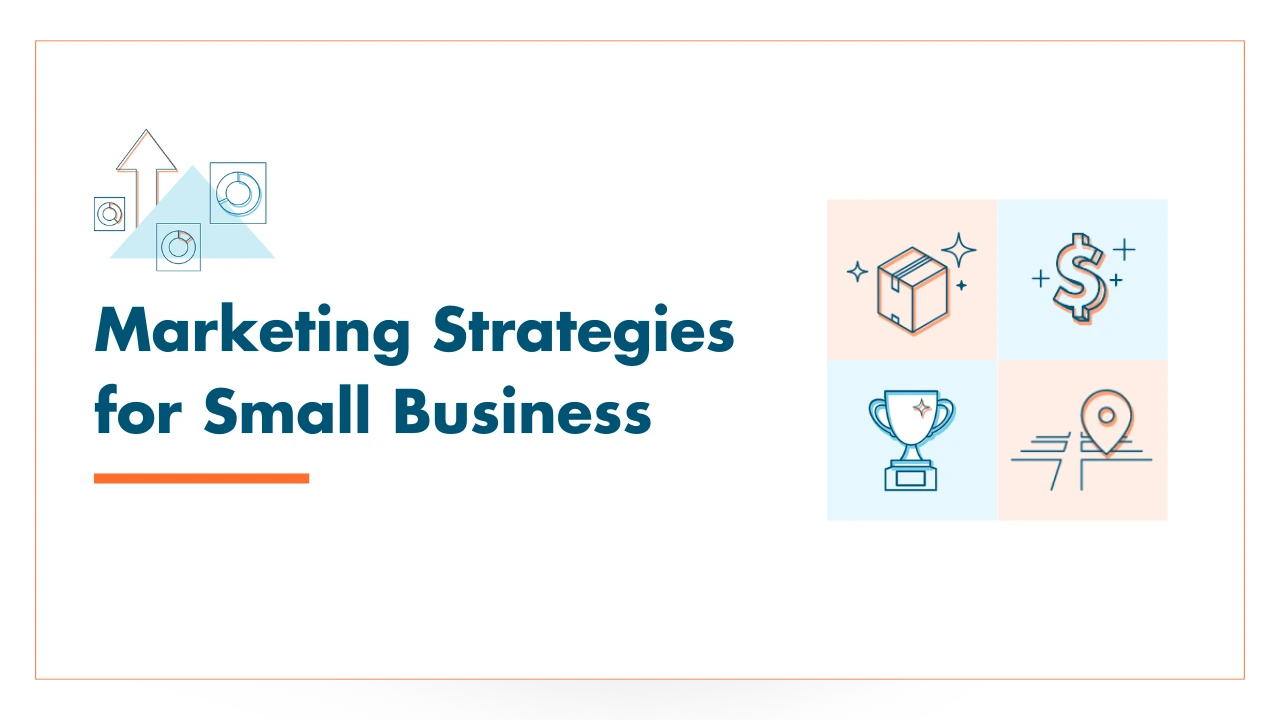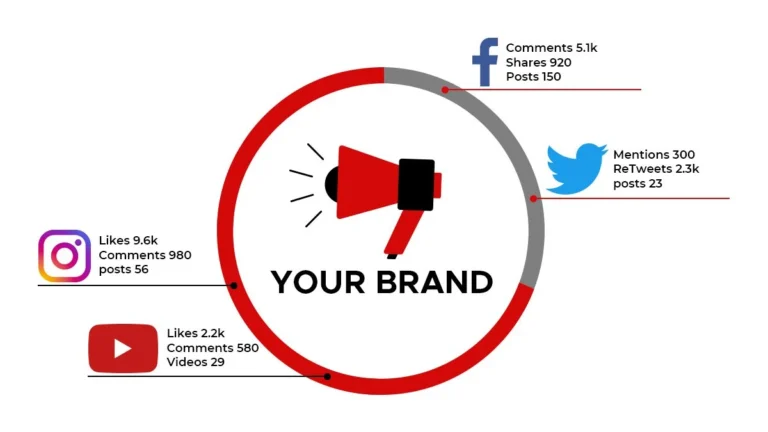Reading Smart Strategy For Small Business Growth And Lasting Success
Strategy for small business is an action able plan which guides how a small business grows and survives in the today competitive market place.
It helps business owners to be focused and directional on what matters the most instead of trying to chase every trend.
A good strategy is simple, clear, actionable and built for long-term business growth.
This guide covers what is strategy for small business, how to use a social strategy for small business, tips for strategy for small business growth, and why it matters to define what is small business strategy.
Table of Contents
What is Strategy for Small Business?
Strategy for small business is the set of choices that decide where to play and how to win. It answers three core questions.
- Who is the customer
- What value do we give them
- How do we reach them better than others
It is not a long report. It can be one page that sets direction. A bakery might choose to serve busy office workers with quick grab-and-go meals. A designer might choose to work only with local startups. Both are strategies.
Without a strategy, small businesses waste time and money. With a strategy, every decision connects to the bigger goal.
Social Strategy for Small Business
A social strategy for small business uses social media to reach the right people and build awareness. It does not mean being active on every platform. It means picking the right ones and showing up with purpose.
Steps to Build a Social Strategy
- Define your audience. Be clear on age, needs, and habits.
- Pick two platforms where they spend most of their time.
- Create three content pillars. Examples: education, behind the scenes, customer stories.
- Post on a steady schedule. Two to four posts per week works for most.
- Reply to comments and messages fast. Direct contact builds trust.
- Track simple metrics like reach, saves, and clicks.
Social strategy for business helps a small brand grow without heavy spending. It gives visibility, proof, and connection.
Strategy for Small Business Growth
Growth strategy is about scaling without losing focus. Many small businesses chase too many ideas at once. A strong growth strategy sets priorities.
Key steps
- Add new products only when current ones work
- Build loyalty before chasing new markets
- Use customer feedback to shape new offers
- Invest in repeatable systems for content, sales, and service
- Partner with other small brands for joint promotions
Growth is not just about sales. It also means better processes, stronger brand reputation, and deeper community.
What is Small Business Strategy?
Small business strategy is the long-term plan that connects goals to daily actions. It covers three layers.
- Vision — where you want the business to go
- Tactics — short steps like campaigns or events
- Operations — daily tasks like posting, selling, or support
All three layers must connect. Vision sets direction. Tactics test ideas. Operations keep things moving. When aligned, small business strategy feels natural and steady.
Social Strategy for Business
Every business can use social media, but not every approach works the same. A service-based business uses trust and expertise. A product-based business uses visuals and proof.
Best practices
- Keep voice personal and honest
- Use simple design and clear words
- Highlight real people — owners, staff, customers
- Share proof like reviews or case studies
- Test paid ads slowly and measure results
Social strategy for business is about focus. Do less but do it better.
Workflow for Building Strategy for Small Business
You do not need a large team. A light workflow works fine.
Plan
- Write down goals for the next three months
- List the audience you want to reach
- Choose two platforms and three content themes
Create
- Batch design or record posts once a week
- Write simple captions with clear calls to action
- Store reusable assets in a shared folder
Publish
- Schedule posts at peak times
- Pin key offers or updates
- Share stories for daily touches
Engage
- Reply to comments and DMs
- Log questions for future posts
- Thank users for mentions and shares
Measure
- Track top three posts each week
- Note why they worked: topic, format, or timing
- Adjust your plan for execution in next cycle
Mistakes to Avoid
- Running without a clear audience
- Copying big brand strategies without adapting
- Posting without a schedule
- Ignoring customer feedback
- Chasing every new platform
- Measuring likes but not conversions
By avoiding above mentioned mistakes, waste of time and efforts can be avoided while making and executing strategies for small businesses.
Conclusion
A strong strategy for the small businesses is very essential for business survival. It is simple, focused, and actionable.
The strategy starts with identifying your target audience and choosing how and where to reach them.
Social media remains the key part in business strategy, but it works well when executed according to plan.
Growth comes from small, steady steps, consistent posting, honest stories, useful offers, and direct replies.
With the right strategy, a small brand can grow reach, earn trust, and with the passage of time can be able to compete with larger players.
FAQ’s
What is strategy for small business in simple words?
It is the plan that shows who your customer is, what you offer them, and how you reach them better than others.
Why is social strategy for small business important?
It helps small brands grow visibility, connect with people, and build trust without large budgets.
How do I build a strategy for small business growth?
Focus on loyal customers first, improve systems, and use feedback before adding new markets or products.
What is the difference between small business strategy and tactics?
Strategy sets direction for the long term. Tactics are short-term actions that support the strategy.
Which social platforms should a small business use?
Pick the two platforms where your audience is most active. For many, that means Facebook and Instagram. For services, LinkedIn may work better.




